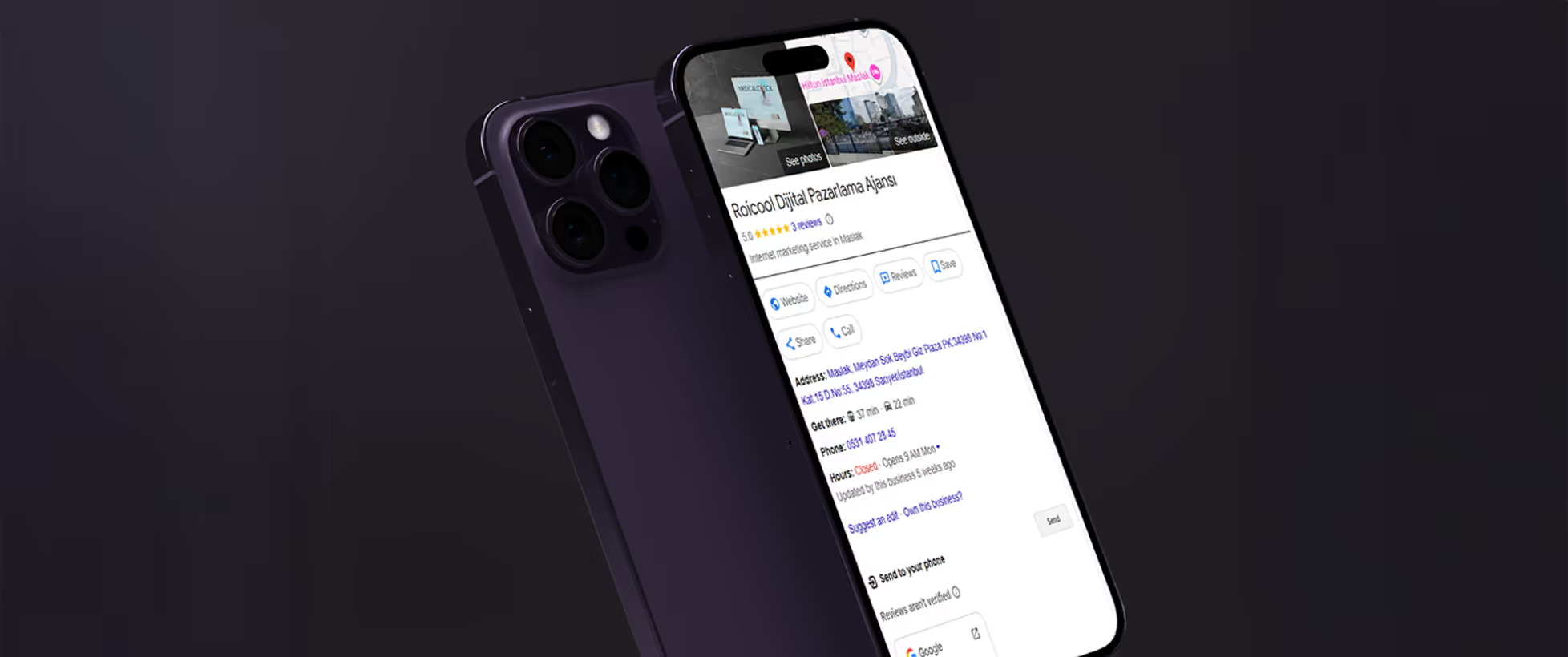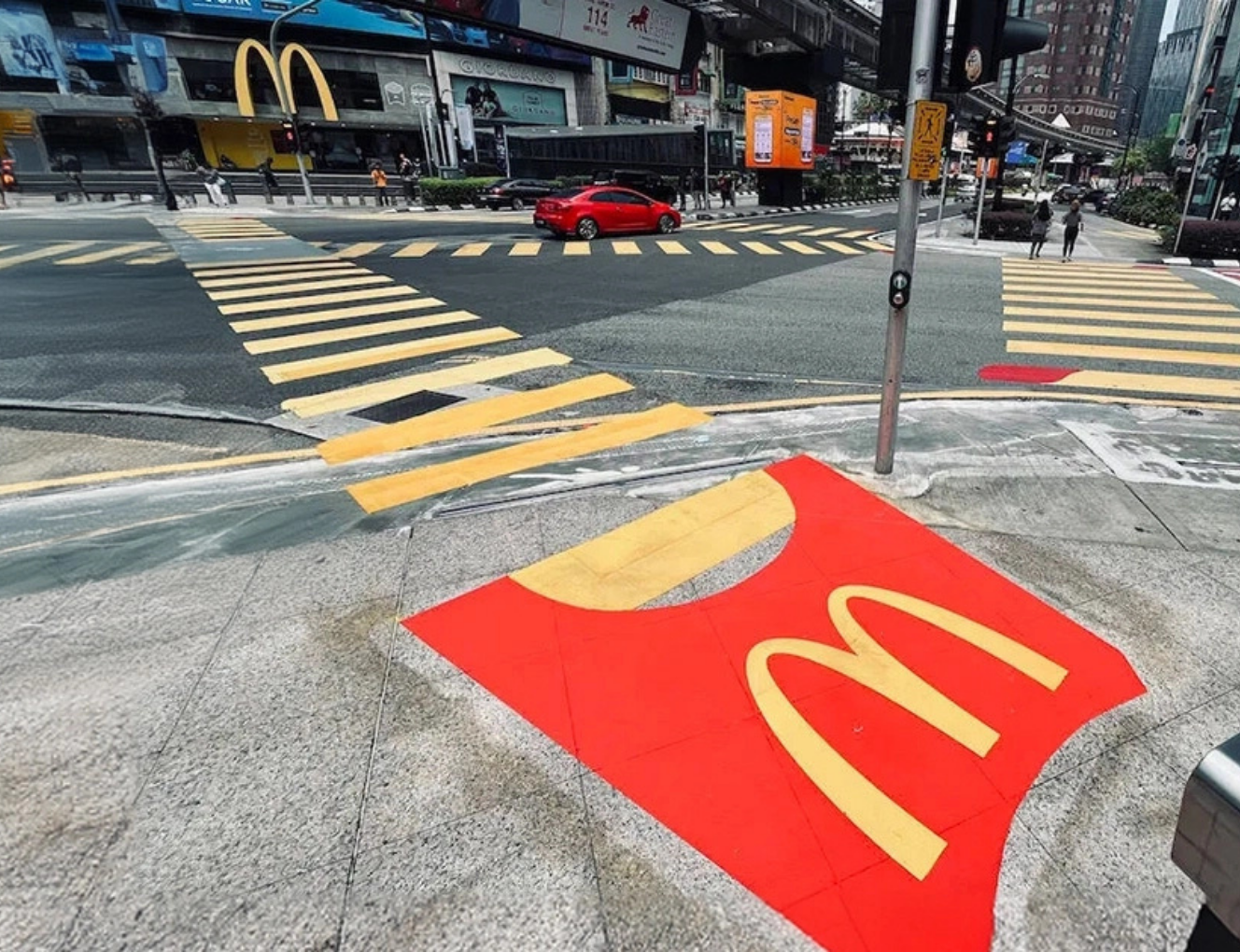Google Maps SEO: A Guide to Topping Local Searches in 2025
What does a customer do first when they want to go to a nearby restaurant, find a lawyer, or reach an emergency plumber? The answer is almost always the same: he takes out his phone and searches Google. The first thing that comes across is usually not a website link, but a direct map and a list of three businesses underneath. Here is that magical and highly competitive field “Local Pack” is called.
If you have a business with a physical location (store, clinic, restaurant, office, etc.), being included in this package is not an option for you, but a necessity. Google Maps SEOcovers all the optimization work carried out to achieve exactly this goal. This is traditional SEO is a hyper-local sub-discipline of, focused on geo-targeting.
In this comprehensive guide, we'll explain step by step, how Google Maps SEO is, but also how Google ranks local businesses, perfect your Business Profile, and outperform your competitors with the most up-to-date tactics of 2025, in actionable language.
Why Google Maps SEO Is Vital for Local Businesses
Being visible in Google Maps (and therefore in the Local Pack) is not just “showing your address”. This is one of the most profitable marketing channels for a modern business.
- High Purchasing Intention: A user who searches for “best coffee near me” isn't just looking for information; he's a prospect ready to pull out his wallet. Over 80% of local calls result in conversion.
- Increased Physical Visitation (Pedestrian Traffic): Having your business visible on the map means more customers are coming directly to your store or office.
- Direct Communication Channels: Users can call, get directions, or send you messages directly via the map, even without visiting your website.
- Building Trust and Reputation: A Business Profile with a high score, lots of reviews and complete with information adds an instant credibility and professionalism to your brand. This is the strongest of the local E-E-A-T (Experience, Expertise, Authoritarianism, Reliability) signals.
“In the digital age, a business's most valuable real estate is no longer the shop around the corner, but the top three on Google Maps.”
- Existence in a Zero-Click World: More and more users are getting the information they need (phone number, address, opening hours) without ever leaving the search results page. If you are not in the Local Package, you are “not” for these users.
What are Google Local Ranking Factors?
Google considers three main factors when ranking a business in local searches. Understanding these factors forms the basis of your optimization strategy:
- Relevance: How relevant your business is to what the user is looking for. If a user is searching for “vegan pizza”, Google will highlight businesses with the option “vegan pizza” in their menu and the category “Pizza Restaurant”.
- Distance: The distance between the location the user is searching for and the physical location of your business. Google always tries to show the results that are closest and most relevant to the user, unless otherwise specified.
- Importance/Popularity (Prominence): How well-known and popular your business is. Google measures this with signals both offline (brand awareness) and online. Online signals include:
- Number of Comments and Score: The more and more positive reviews you have, the better.
- Local Citations: How consistently the name, address and phone number of your business (NAP - Name, Address, Phone) are located in other local directories (Yandex Maps, Foursquare, local directories).
- Authority of Your Website: General of your site SEO strength and received Backlink's.
Google Business Profile (GBP) Optimization: Step-by-Step Excellence
Your Google Business Profile (formerly Google My Business) is central to Maps SEO. To manage your profile Google's own official help docs is the best starting point. Here is a checklist to optimize your profile 100%:
- Step 1: Fill in All Information Completely and Consistently
- Business Name: Use your official name. Avoid adding keywords (e.g., “RoiCool” instead of “RoiCool Digital Marketing Agency”).
- Categories: Select the most specific primary category possible (e.g., “Marketing Agency”). Then add secondary categories for other services you offer (”Web Design Agency”,”Google Advertising Agency“etc.).
- Address and Service Area: Enter your physical address exactly. If you are providing services to your customers, also indicate the regions in which you serve.
- Hours of Operation: Always keep your regular and special (holiday, etc.) working hours up to date.
- Phone and Website: Enter correct and working information.
- Step 2: Liven Up Your Profile With Visual Content
- Photos: Upload high-quality, professional photos. Add photos of exteriors, interiors, your team, products, and “in action”.
- Videos: A short 30-second video promoting your business can set your profile apart from your competitors.
- Step 3: Strategically Manage Comments
- Request Comment: Proactively encourage your satisfied customers to leave you a comment.
- Reply to All Comments: Respond not only to positive comments, but also to negative comments with professional and solution-oriented language.
- Step 4: Actively Use Google Posts
- Google Posts are like mini blog posts or social media posts that appear on your profile. Share your special discounts, new products or announcements.
- Step 5: Manage the Question and Answer (Q&A) Section
- Answer the questions that customers ask. You can even proactively turn this section into an FAQ area by asking and answering frequently asked questions yourself.
- Step 6: Add Your Products and Services
- Depending on your type of business, add them to your profile with descriptions of the products or services you offer. This is one of the most effective ways to increase relevance.
Conclusion: Your Physical Gateway to the Digital World
Google Maps SEO is the art of building a local business's most important showcase and gateway in the digital world. A well-optimized profile goes from being just a dot on the map to a vibrant marketing hub that draws in leads, interacts with them, and turns them into real customers.
By following the steps in this guide, you can increase your business's visibility in local calls and get more customers coming through your door. If you need a professional companion in the process, we can help you with our local SEO expertise. specifically health tourism agencies For industries where competition is high, this optimization is vital. To explore the local potential of your business together schedule a free 15-minute strategy conversation.










